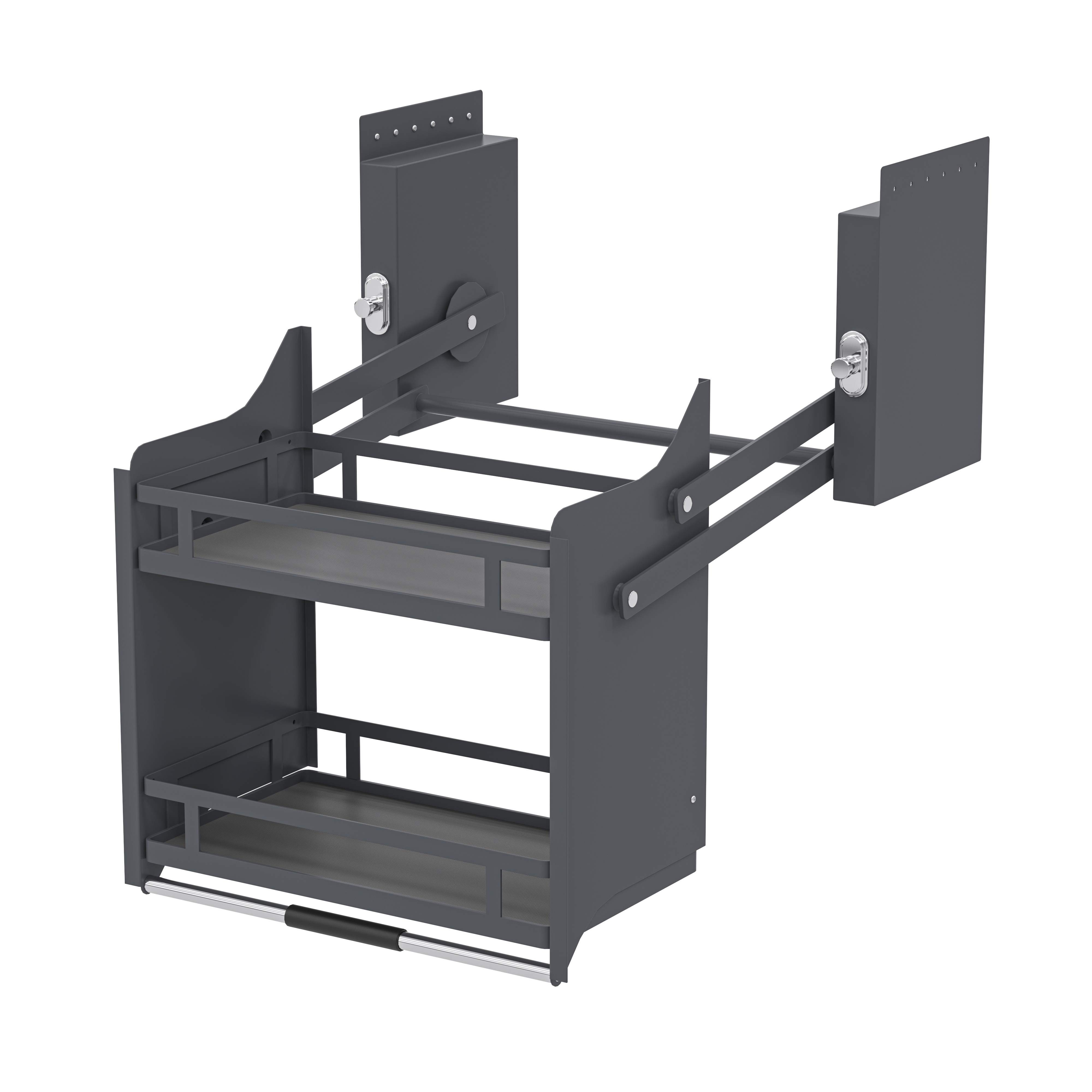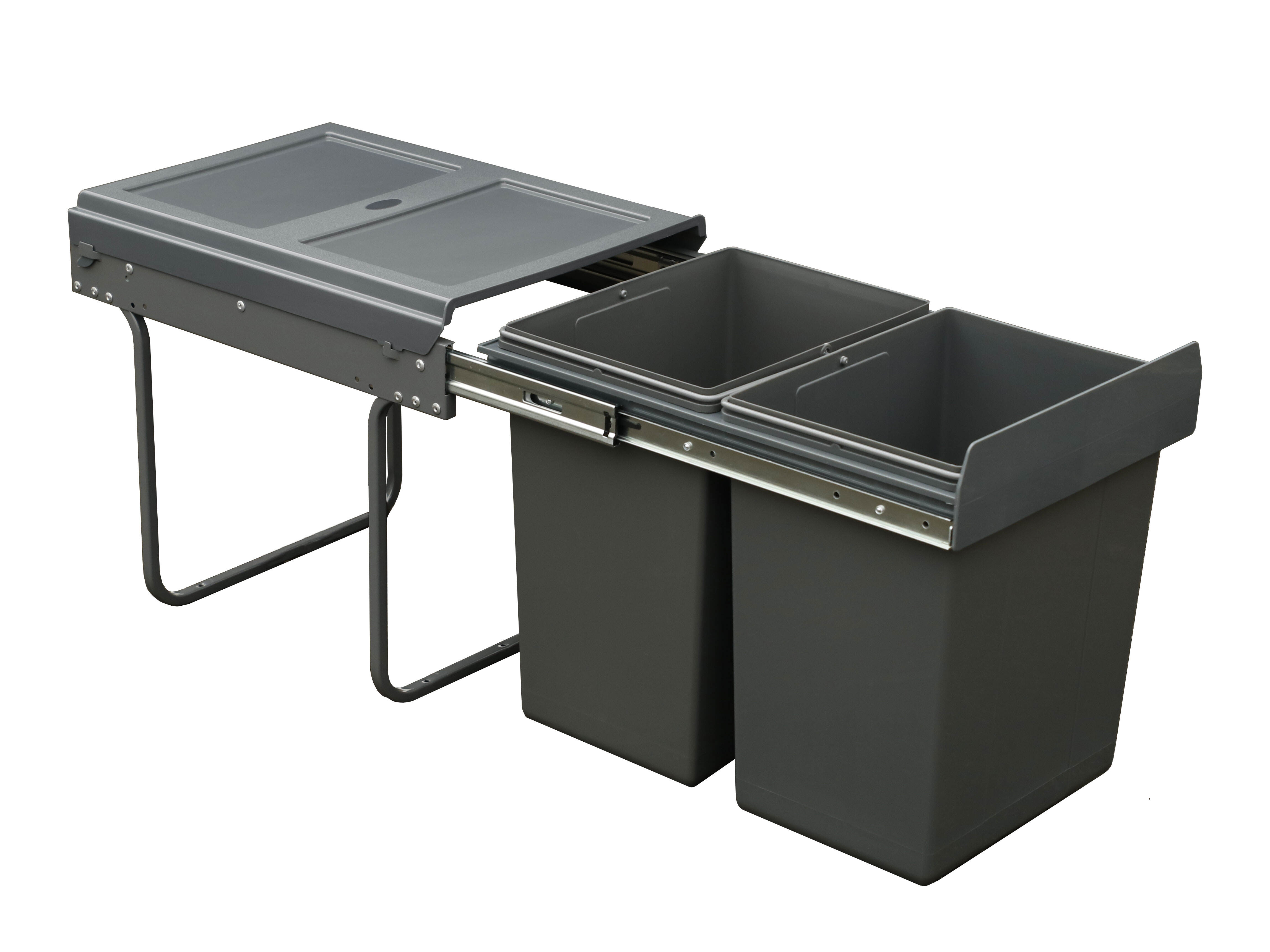microwave radar sensor
A microwave radar sensor represents a sophisticated detection technology that utilizes electromagnetic waves in the microwave frequency range to detect movement, presence, and position of objects. Operating on the principle of the Doppler effect, these sensors emit microwave signals and analyze the reflected waves to determine various characteristics of targets within their detection range. The sensor consists of a transmitter that emits microwave radiation typically between 10.525 GHz and 24.125 GHz, and a receiver that captures the returned signals. When an object moves within the sensor's field of view, it creates a frequency shift in the reflected wave, allowing the sensor to calculate the object's speed, direction, and presence. The technology excels in challenging environmental conditions, maintaining reliable performance through smoke, dust, rain, and varying light conditions. Modern microwave radar sensors incorporate advanced signal processing algorithms that enable precise discrimination between different types of movement, reducing false alarms and improving detection accuracy. These sensors find extensive applications in security systems, automatic door operations, industrial automation, traffic monitoring, and smart building management systems. Their ability to penetrate non-metallic materials makes them particularly valuable for concealed installation and through-wall detection applications.


